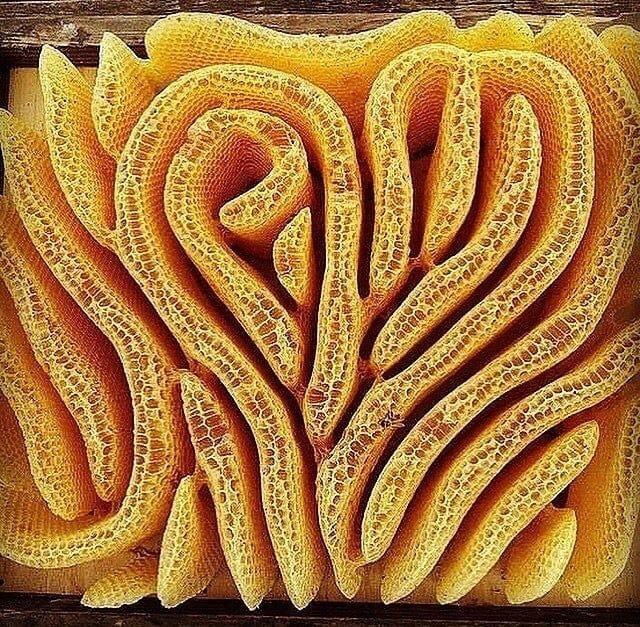| Article Sections |
|---|
| Choosing the Right Bag Size |
| The Quest for Quality Feeding |
| Advantages of Zip Lock Bags |
| Proper Placement and Considerations |
Choosing the Right Bag Size
The bags that I use are from 5 to 8 liters (larger ones are better) because when you pour the syrup into them, you have to pay attention that the bag can lie on the saddlebags, and that the ventilation net (the roof) does not sit on the bag, and that you can tie the bag so that you expel all the air from it, without it being overfilled with syrup. The bag must lie horizontally and it should not look like a balloon. A vacuum must be created in the bag so that when the bee sucks the syrup, the syrup does NOT suddenly leak out. When you have poured the amount of syrup (never hot syrup) that you planned to give to the bees - place the bags in boxes or buckets, with the knots on the bags facing upwards. If you're interested in learning more about beekeeping, check out our guide on how to start collecting bee venom.

bees_eating_pollen_of_many_colors
The Quest for Quality Feeding
For years, I struggled and puzzled over how to feed bee colonies in a high-quality and stimulating manner, without predation, drowning of bees, and voracious and rapid food intake. In a conversation with fellow beekeepers, they all brought up the same problems until I received information from one of our big beekeepers who shared his experience of supplementing with zip-lock bags that are used at home and can be bought in all retail chains. The preparation of the syrup depends on the season, as well as the amount of sugar and water. For winter supplements - a stronger ratio of sugar is prepared, in my case 2 to 3 times more sugar than water, and the ratio of sugar and water is 1:1 for additional feeding in the spring. To understand when to start your beekeeping journey, check out our article on when should you start a beekeeping.

bee_combs_with_pure_honey
Advantages of Zip Lock Bags
Why did I switch to this form of supplement? Precisely for the following reasons: there is no food spillage, no drowning of bees, no arrivals at night to the apiary (at the same time, I removed the feeders from my apiaries), food intake can be regulated, and you can safely add plastic bags in broad daylight, regardless of whether there is pasture. The bags that I use are from 5 to 8 liters (larger ones are better), because when you pour the syrup into them, you have to pay attention that the bag can lie on top of the potty, that the ventilation net, i.e. the roof, does not sit on it and you can tie it so that it expels all the air from it, without it being overfilled with syrup. The bag must lie horizontally and must not look like a balloon. A vacuum must be created in the bag so that when the bee sucks the syrup, the syrup does NOT suddenly leak out. When you have poured the amount of syrup (never hot syrup) that you planned to give to the bees - the bags are placed in boxes or buckets, with the knots on the bags looking up. To learn more about organizing bees on pasture, read Organizing Bees on Pasture - Part 1.

beehives_near_sunny_forest
Proper Placement and Considerations
Then you go to the apiary, and when you finish inspecting the colony, put the bags on the saddlebags, being careful not to puncture them. You don't need to pierce the bags because the bee will do it on its own anyway. If you pierce them, then do it with a sewing needle from the upper side, and at most one to two holes. For incentive feeding in the spring, you should not pierce the bags because this food should be stimulating to the bees, and should last as long as possible and be constant. But, when you are filling the syrup, it is in your interest that the bee takes the syrup as quickly as possible - then drill 1 to 2 holes on the top side of the bag (do not drill the bottom side of the bag!). After consuming the syrup, if you open the hive in time and find an empty bag, you can collect a decent amount of propolis, and if not, then the bee will cut it and drag it out of the hive.


